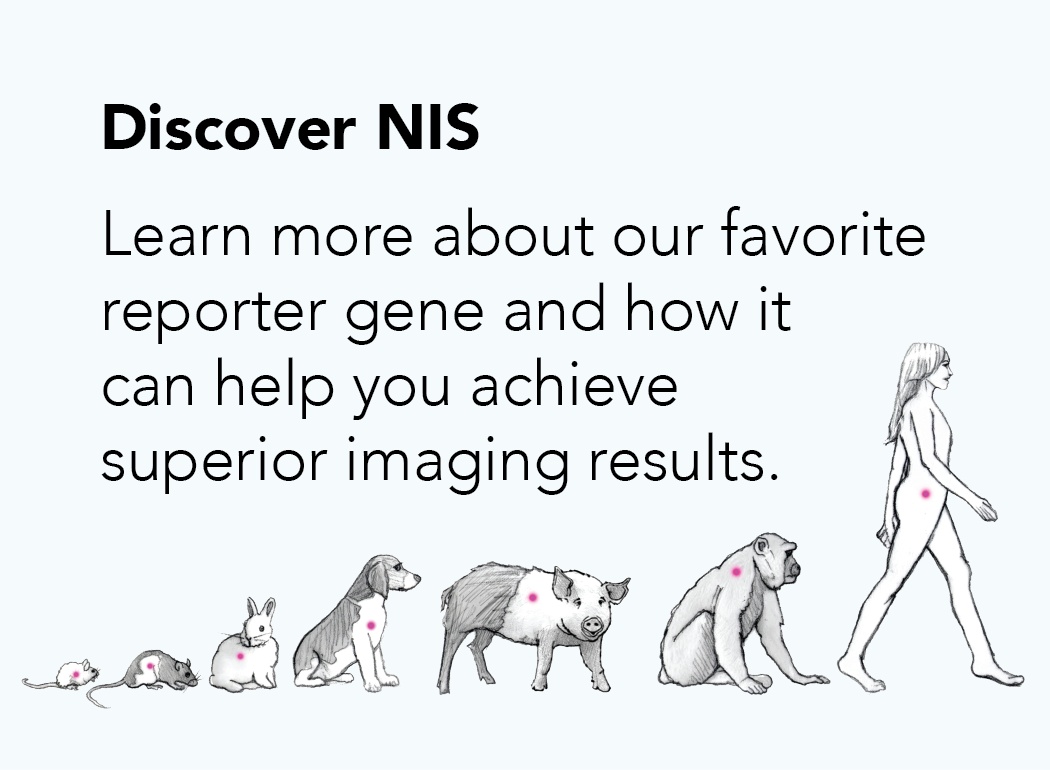A549 (Lung Adenocarcinoma)
Description
A549 (ATCC® CCL-185™) is a human lung adenocarcinoma cell line initiated through explant culture of lung carcinomatous tissue from a 58-year-old Caucasian male. The cells are adherent with an epithelial morphology. Following implantation into immunocompromised mice, the cells form primary tumors and pulmonary metastases.
*The ATCC trademark and trade name and any and all ATCC catalog numbers are trademarks of the American Type Culture Collection.
Usage Information
A549 cells are relatively large cells, with a doubling time of approximately 24 hours. They are suitable for in vitro and in vivo experimentation. Immunocompromised mice should be used for in life studies, and will form tumors and metastases following implantation of the cells.
The following chart provides some examples of A549 cells used as a xenograft model.
| Route of Implantation | Mice | Tumor/Metastases | References |
|---|---|---|---|
| Tail-vein | Nude | Lung metastases |
Wang et al. (2014) Cancer Gene Therapy 21:150-157.Jiang et al (2001) Oncogene 20:2254-2263. |
| Tail-vein | SCID | Lung metastases |
Oleinik et al. (2014) J Biol Chem 289:26383-26394.Jenkins et al. (2003) Clin & Exp Metastasis 20:733-744. |
| Intracardiac | NOD/SCID | Bone metastases |
Hung et al. (2014) Laboratory Investigation 94: 371-381. |
| Subcutaneous | Nude | Subcutaneous tumor, few lung metastases |
Jakubowka et al. (2013) ACTA Biochimica Polonica 60: 323-330.Jiang et al (2001) Oncogene 20:2254-2263. |
| Intrathoracic | Nude | Lung metastases |
Liu et al. (2012) J Thorac Dis 4:141-145 |
Stable reporter cell lines
Our A549 reporter cell lines can be tracked in vivo, making them great tools for studying the mechanisms of tumor growth and metastasis, as well as evaluating the effects of various drugs or therapies in animals. Our A549 cells are available with a variety of different reporters, including the human sodium iodide symporter (hNIS), firefly luciferase (Fluc), enhanced green fluorescent protein (eGFP), or near-infrared fluorescent protein (iRFP). Several dual reporter A549 cell lines are available to facilitate multimodal imaging.
In order to ensure high, constitutive expression of the reporter proteins, our cell lines are generated by lentiviral vector transduction. The lentiviral vectors used for these transductions are self-inactivating (SIN) vectors in which the viral enhancer and promoter has been deleted. This increases the biosafety of the lentiviral vectors by preventing mobilization of replication competent viruses (Miyoshi et al., J Virol. 1998).

